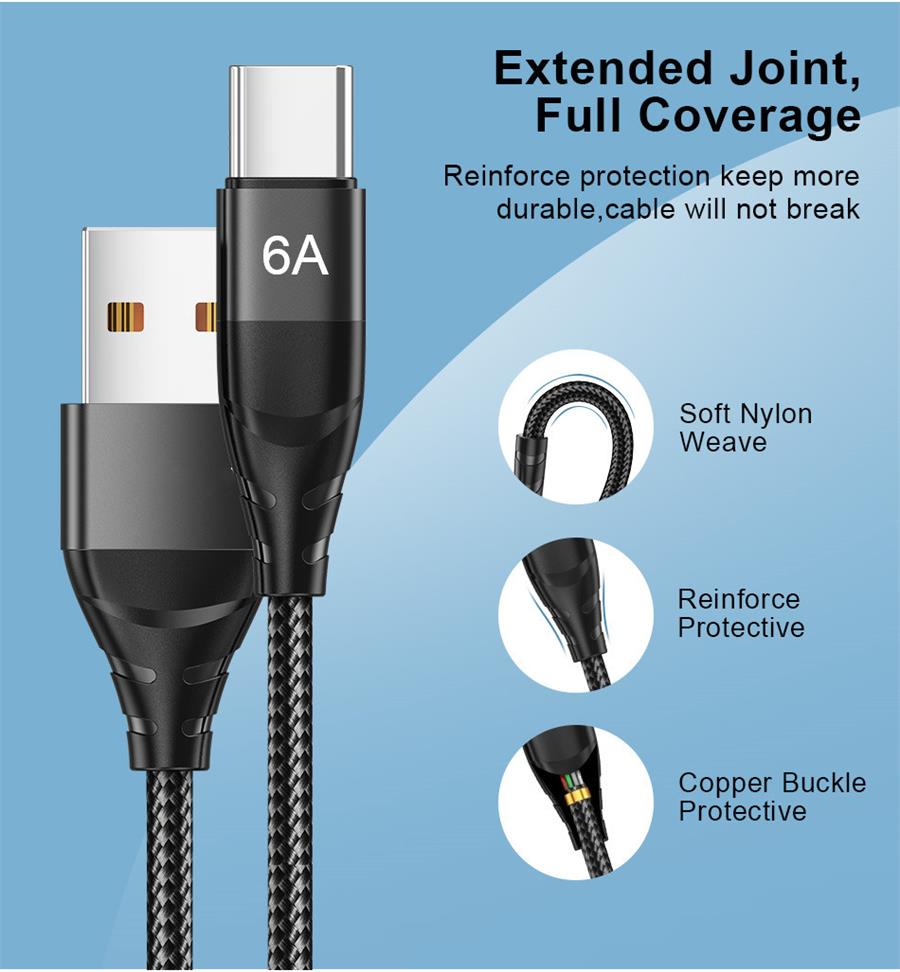SanDisk has introduced the new SanDisk® iNANDTM Embedded Flash Drives (EFD), which supports the e.MMC 4.4 specification. Based on 3-bit-per-cell (X3) NAND flash technology, these drives deliver up to 64GB1 of capacity in a single component and can be used for boot, system code and mass storage functions.
This article refers to the address: http://
More and more mobile phones offer a variety of applications and high-volume content, such as movie and music playback, photo photography, games, GPS map data, business applications and more. SanDisk iNAND EFDs are designed for these advanced smartphones and offer high capacity and reliable storage in a small, high-efficiency volume.
SanDisk's X3 technology makes high-capacity embedded storage possible. SanDisk's advanced X3 technology drives the development of high-capacity embedded solutions that are extremely durable, efficient, and minimally complex. In recent years, SanDisk has successfully developed and widely distributed a variety of X3-based products through original equipment manufacturers (OEMs) and retail channels. This not only proves that the technology is mature, but also proves that SanDisk has the ability to provide reliable market. Innovative solutions.
SanDisk's memory management expertise and X3 controller technology enable mobile storage solutions to evolve continuously and at low cost. 64GB iNAND EFDs meet the reliability and high performance requirements of original equipment vendors for mobile system-level storage. The new 64GB iNAND EFDs are based on an 8-flash die-stack design that utilizes SanDisk's advanced X3 32-nm flash memory and is 16x20x1.4mm in a standard ball grid array (BGA) package. For quick integration into smartphone designs.
Oded Sagee, Director of Mobile Product Marketing at SanDisk, said: "The maturity of SanDisk X3 flash technology and innovation in flash management have enabled us to continuously transform higher embedded storage capacity (64GB) into a practical solution on the market. We understand the fierce competition in our customers' environment. By leveraging the extensive experience of X3 NAND and the significant advances in flash management technology, we provide our customers with a high return on investment."
Highest efficiency optimization
SanDisk iNAND EFD integrates system code and user storage into a single embedded device to save valuable board space, simplify smartphone design, reduce power consumption, and save OEMs the need to start a separate component cost. In addition, these drives utilize a unique state-aware architecture that enables mobile hosts to enhance control of storage devices, resulting in optimized resource utilization and faster system responsiveness.
The i3 device based on X3 technology is fully compliant with e.MMC 4.4 and has a capacity of 4GB to 64GB.
The advantage of USB Cable Type C is that it supports higher current, that is that more current can be passed by Type-C in the same time. In this way, the charging speed of the device can be accelerated. At present, the charging current of most Type-C data lines is generally 2A. If the charging rate of 3A is to be reached, a high-current wall charging matching it is required. That is to say, if the wall charge only supports 1A, whether it is charged with 2A or 3A data line, there is no difference fundamentally. If the current supported by the wall charging is 2A, and the type-C data cable of 2A/3A is matched, the effect can be significantly changed.
In addition, the device equipped with the Type-C interface can be charged by connecting the mobile power supply through the Type-C cable or Usb C Cable. Users do not need to carry the charging cable, but can have the wall charging and Type-C cable. In addition, when selecting a Type-C charging cable, We should pay attention to the current limit. The charging data cable 1A does not have fast charging performance, 2A is the most commonly used Type-C charging data line, and 3A is the best data line at present. If you want to have fast charging effect, you must choose the Type-C charging data line with 3A current.
The highlights of Type-C interface are thinner design, faster transmission speed (USB3.1 up to 10Gbps) and stronger power transmission (up to 100W).The biggest feature of Type-C double-sided plugable interface is that it supports double-sided insertion of USBinterface. Officially solved the USB never insert the worldwide problem, the front and the back of the random plug.The USB Cable used with it must also be thinner and lighter.

Usb Cable Type C,Usb Type C Cable,Type C 3.0 Cable,Usb Type C Data Cable
Henan Yijiao Trading Co., Ltd , https://www.yjusbcable.com
![<?echo $_SERVER['SERVER_NAME'];?>](/template/twentyseventeen/skin/images/header.jpg)